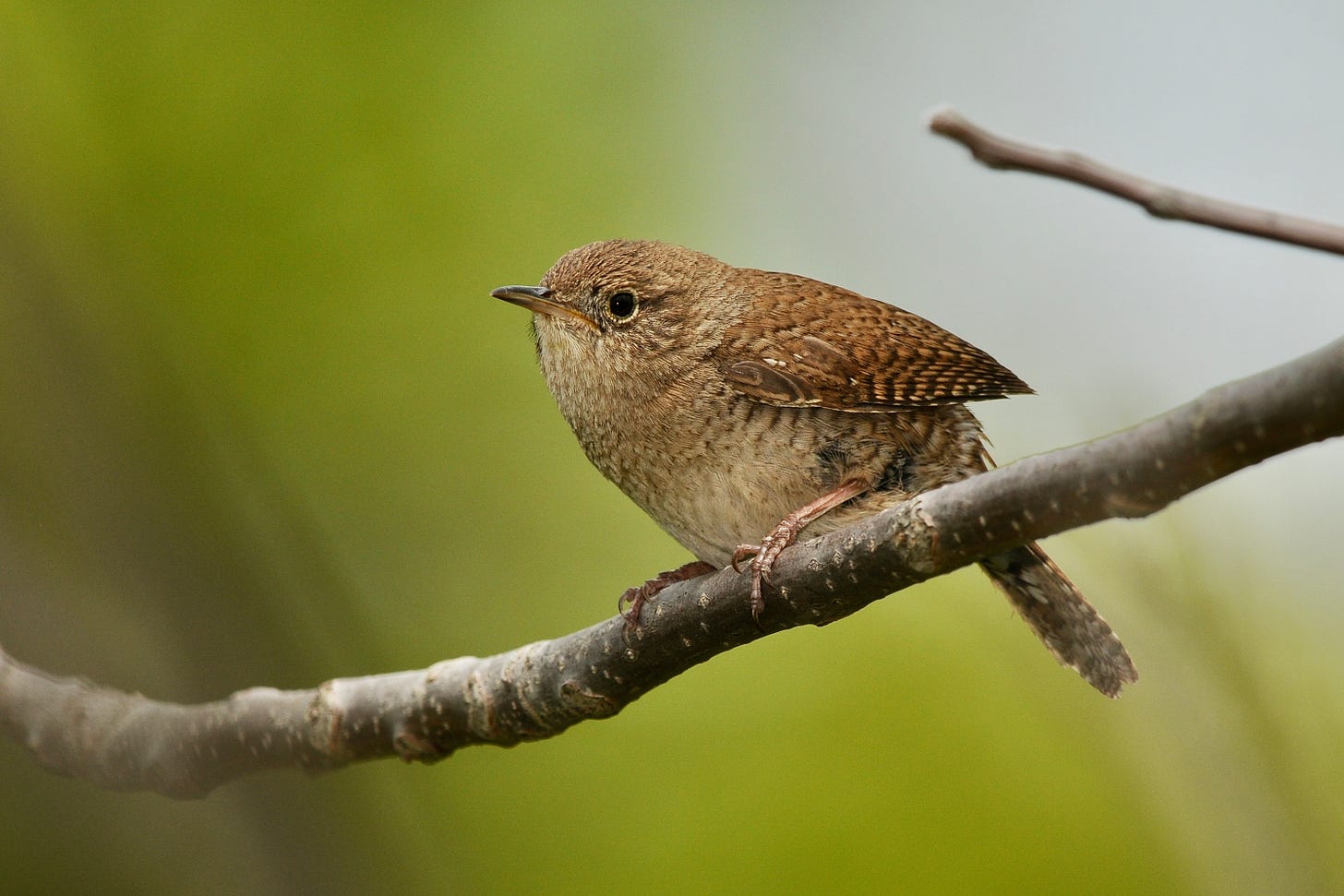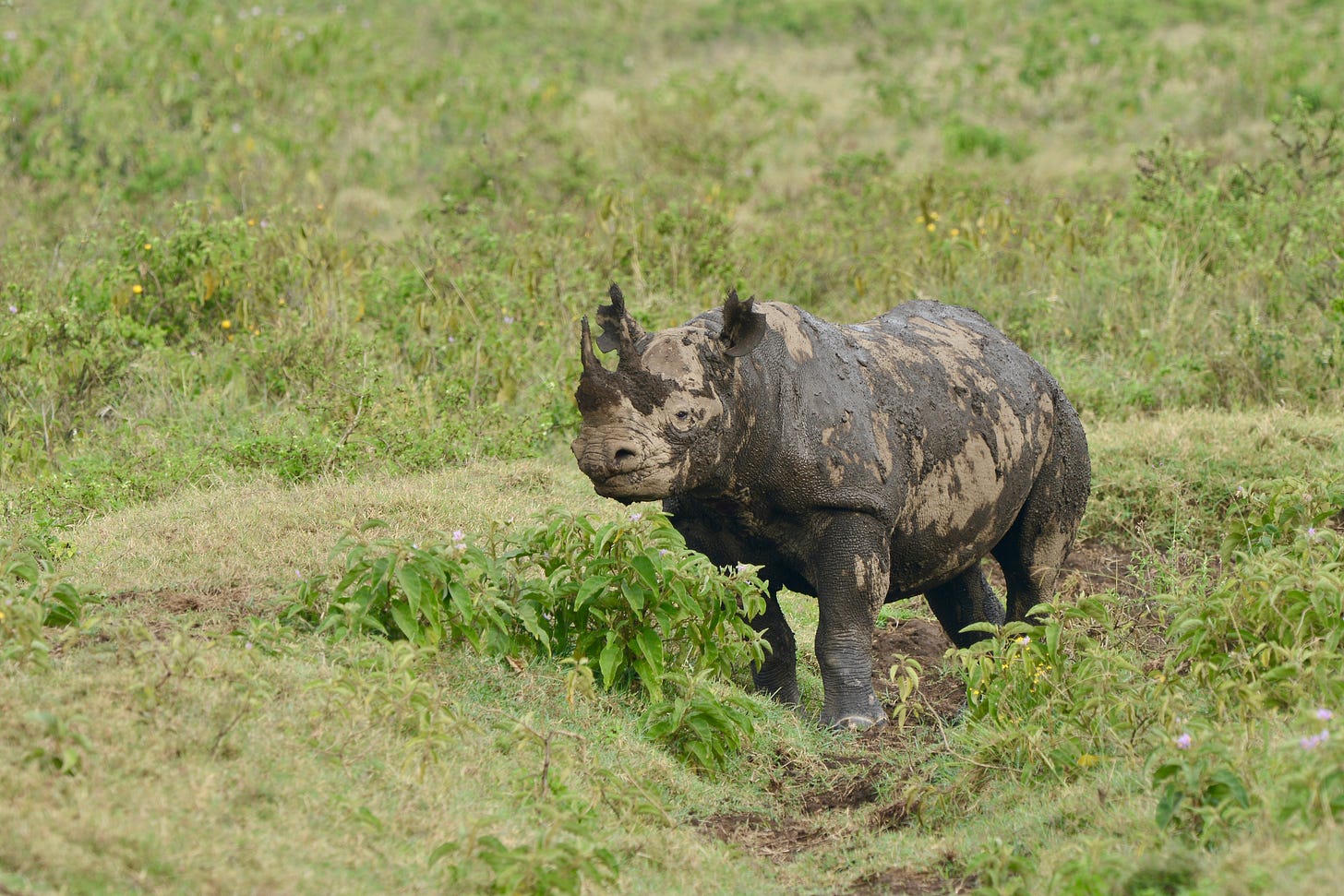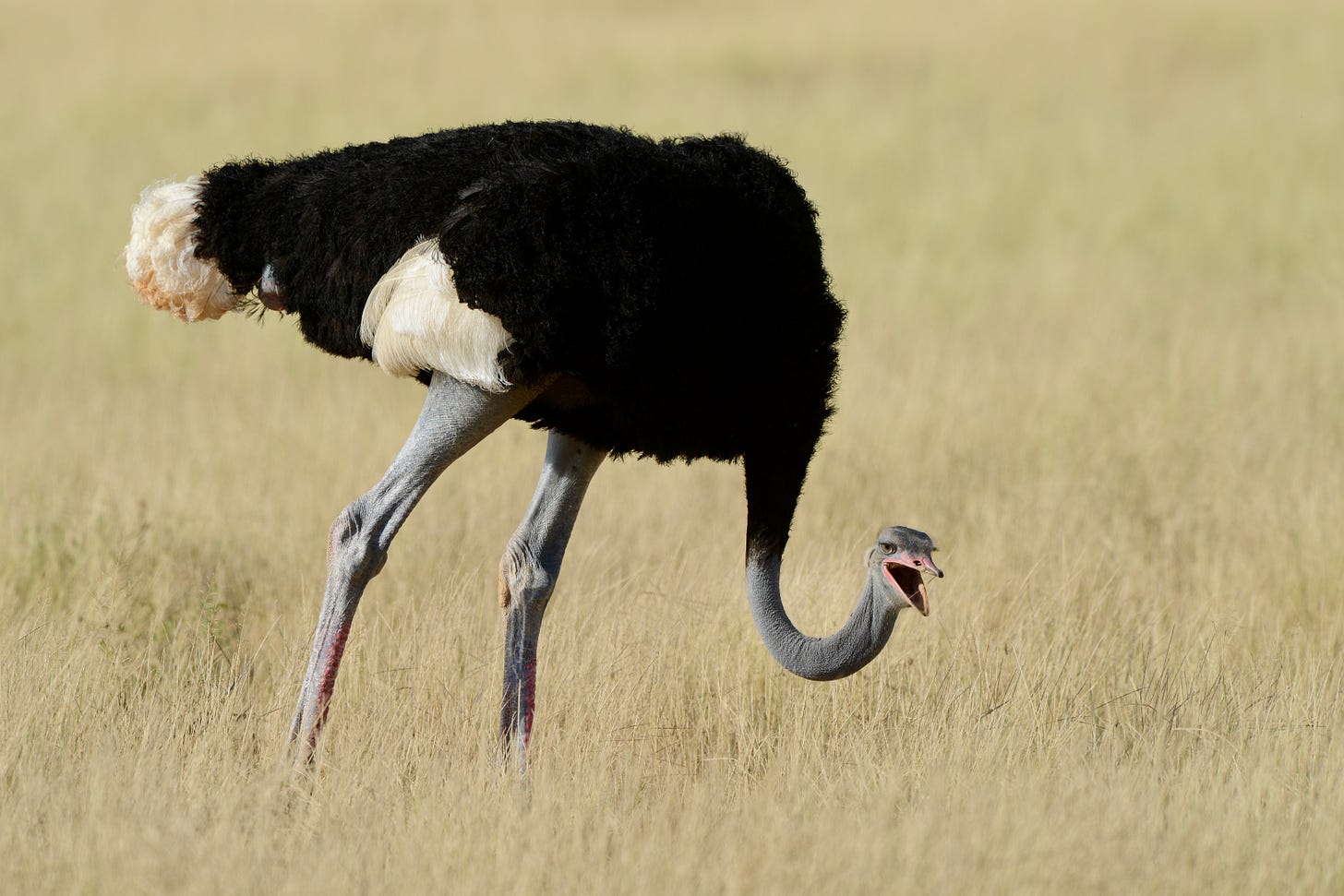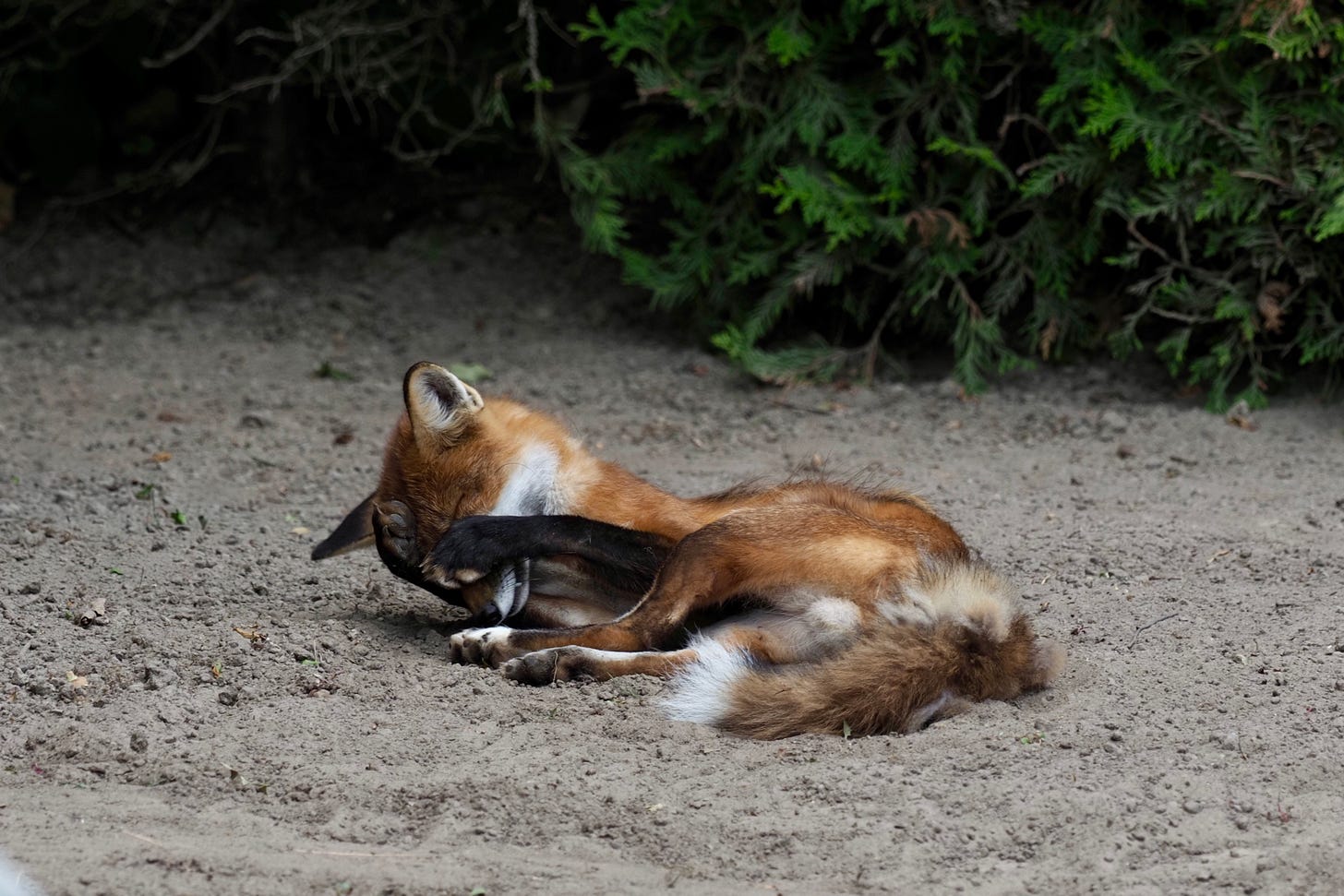We’ve had so much rain lately, watering the garden, lawn and weeds, that I was surprised when a small brown bird popped out from the zinnias, settled in the dirt next to the basil and begin flapping its wings and ruffling its feathers, raising a small cloud of dust. A house wren! Taking a dust bath! I didn’t know the soil was so dry, or that wrens did that.
Dennis caught the action, too. We were sitting on the front porch after lunch, watching monarchs flitting about the yard, and right away starting talking about other birds we’d seen dusting their feathers. A flicker in the driveway a few summers back, one of the best looks I’ve ever had of their exquisite purple-flecked plumage. Dennis remembered watching robins do it, and told me about places ruffed grouse would dust at the edge of a pasture at the farm, leaving footprints and wing impressions.
“Dirt” and “clean” seem like a contradiction in terms to this soap-and-water aficionado. But apparently powdering their plumage helps birds rid themselves of lice, mites, ticks and other parasites, and for some, absorb excess oils—kind of like talcum powder? Taking care of the skin and feathers you live in is all-important in the avian world, and preening is part of everyone’s grooming regime.
Most birds have a special gland producing oils they spread about with their beaks to keep feather barbs clean and pliable. And for ducks and geese, waterproof. I was interested to learn that certain flightless birds—ostriches, bustards, cassowaries, emus and kiwis—don’t have an oil gland, and do lots more dust bathing as a result.
Some mammals dust as well, of course. Bison are famous for rolling in the dirt to deter pestering flies and to help shed their winter coats, creating shallow “wallows” across the prairies. Elephants toss dirt over themselves after splashing about in water, good sunscreen. Horses love to roll in sand, and pampered race horses are provided special spots to do so after exercising. Hamsters, kangaroo rats, llamas and prairie dogs include dust baths in caring for their fur, and pigs love getting into dirt no matter how it comes, wet or dry. Warthogs too.
My friend Dianne Pazaratz keeps her birdbath filled all year long, and I love watching cardinals, robins, jays, chickadees, orioles and goldfinches splashing about in it from her music room window. There was a whole family of grackles taking turns for a refreshing dip while our trio, Trillogy, was together fiddling and singing this week, practicing for a gig in support of a local nature reserve. I asked Dianne if she ever sees birds dusting, and she shook her head. But bunnies? She’d watched a cottontail take a dust bath in her neighbour’s flower bed that very morning. And she showed me a big dirt-filled flowerpot on her back step where squirrels regularly come to roll and wriggle, their visit to the “spa.”













Several of the small birdies who frequent our feeder like to take dust baths in the garden. With the dry weather here on the West Coast, it is easy for them to find dust. And they also like the sprinkler watering the garden. Several were in the apple trees getting wet first then pruning on another branch. But best of all was a 10 minute show by a hummingbird who fluttered and flew through the sprinkling bath having, it appeared, a delightful time. Back and forth went the sprinkler - back and forth went the hummingbird - back and forth went my head and eyes as I watched this tiny bird spreading joy to my happy heart!
Great post, Margaret! Dusting is so important to elephants that the keepers who care for the orphans at the Sheldrick Wildlife Trust shovel dust and dirt on the babies so they learn what to do, since they don't have a mom to show them.